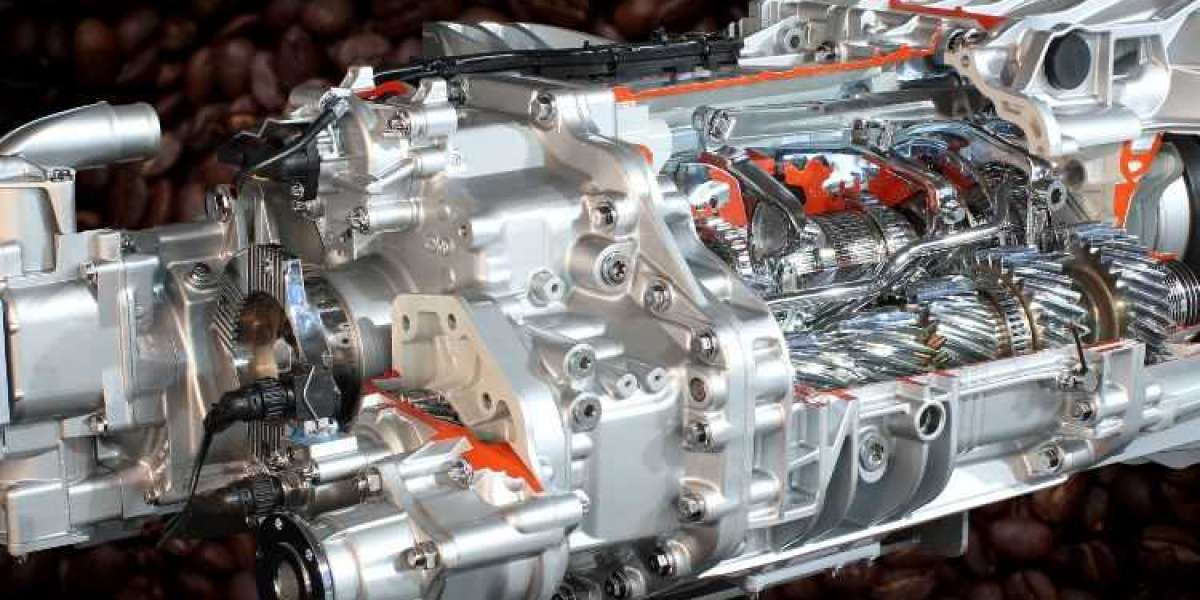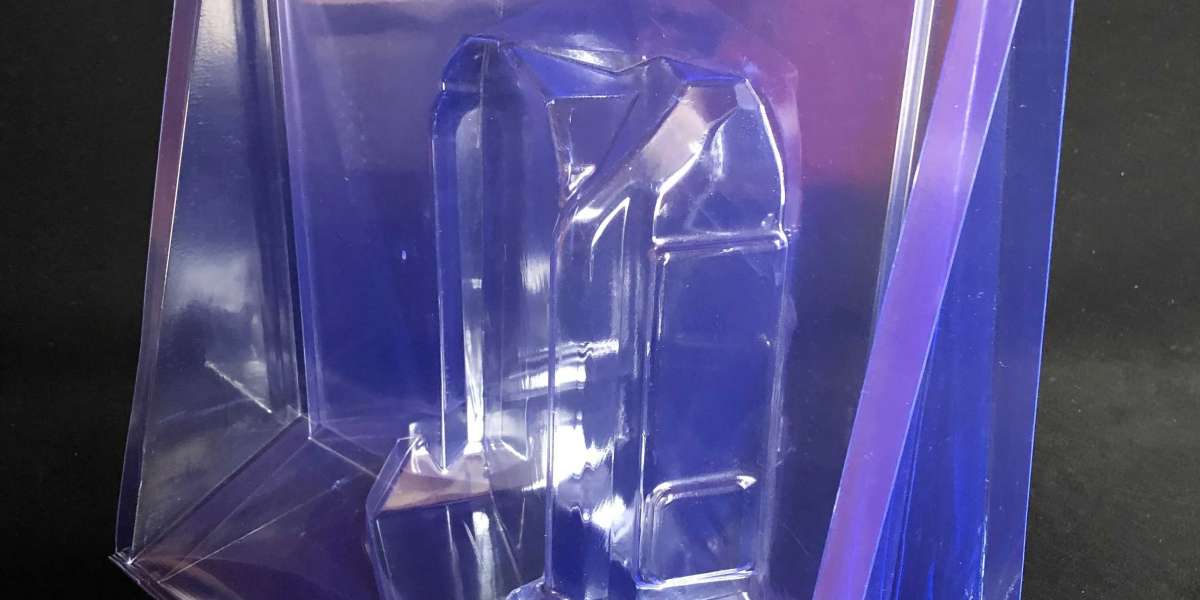Hydrostatic transmission is a type of power transmission system that uses pressurized fluid to transfer energy from a power source to a load. It is widely used in various industries, such as agriculture, construction, transportation, and marine, to operate different types of machinery and vehicles. The global hydrostatic transmission market size is expected to grow at a CAGR of 4.80% in the forecast period of 2024-2032, according to a recent report by Market Research Future. In this blog post, we will explore the advantages of hydrostatic transmission in modern machinery, as well as its working principle, applications, environmental benefits, and challenges.
The Working Principle of Hydrostatic Transmission
Hydrostatic transmission is a form of hydraulic transmission, which is based on the principle of Pascal's law. Pascal's law states that the pressure applied to a confined fluid is transmitted equally in all directions throughout the fluid. A hydraulic system consists of four main components: a pump, a reservoir, a valve, and a motor. The pump draws fluid from the reservoir and pressurizes it. The valve controls the direction and amount of fluid flow. The motor converts the fluid pressure into mechanical motion. Hydrostatic transmission is a special type of hydraulic transmission that uses a variable displacement pump and a fixed displacement motor. The pump can vary the amount of fluid it delivers to the motor, which in turn changes the speed and torque of the output shaft. This allows for a smooth and continuous variation of the power output, without the need for gears, clutches, or brakes. Mechanical transmission systems have limited speed and torque ranges, and require frequent shifting and maintenance.
Advantages of Hydrostatic Transmission
Hydrostatic transmission offers several advantages over mechanical transmission systems, such as:
- Enhanced maneuverability and control: Hydrostatic transmission allows for precise and smooth control of the speed and direction of the machinery, without the need for shifting or clutching. It also enables the machinery to operate in reverse mode, and to perform zero-turn maneuvers. This improves the maneuverability and productivity of the machinery, especially in tight spaces or complex terrains.
- Increased efficiency and reduced energy consumption: Hydrostatic transmission reduces the energy losses and friction that occur in mechanical transmission systems, and optimizes the power output according to the load conditions. It also eliminates the need for cooling systems, lubrication systems, and other auxiliary components that consume energy and increase the weight of the machinery. This results in lower fuel consumption, lower operating costs, and longer service life of the machinery.
- Adaptability to variable load conditions: Hydrostatic transmission can adjust the power output to match the varying load requirements of the machinery, without affecting the engine speed or performance. It can also handle high torque and high power demands, and cope with shock loads and overloads. This enhances the reliability and durability of the machinery, and reduces the risk of damage or breakdown.
- Improved performance in challenging terrains or environments: Hydrostatic transmission can operate in harsh or extreme conditions, such as high or low temperatures, high altitudes, high humidity, dust, dirt, or water. It can also handle uneven or slippery surfaces, steep slopes, or obstacles. This improves the safety and efficiency of the machinery, and expands its range of applications.
Applications of Hydrostatic Transmission
Hydrostatic transmission is widely used in various industries, such as:
- Agriculture: Tractors, combines, and other farming equipment use hydrostatic transmission to perform various tasks, such as plowing, harvesting, seeding, spraying, and transporting. Hydrostatic transmission enables the equipment to operate at variable speeds and directions and to adapt to different soil conditions and crop types.
- Construction: Excavators, loaders, and bulldozers use hydrostatic transmission to dig, lift, and move materials, and to maneuver in confined or rough spaces. Hydrostatic transmission provides the equipment with high power and torque and allows for precise and smooth control of the movements.
- Transportation: Commercial vehicles, buses, and trains use hydrostatic transmission to improve their fuel efficiency, performance, and safety. Hydrostatic transmission reduces the emissions and noise of the vehicles, and enables them to accelerate and decelerate smoothly, and to operate in different modes, such as electric, hybrid, or diesel.
- Marine: Ships, boats, and submarines use hydrostatic transmission to propel and steer in water. The hydrostatic transmission provides the vessels with high thrust and low speed and allows for easy and accurate control of the direction and depth.
Environmental Benefits
Hydrostatic transmission also offers several environmental benefits, such as:
- Reduced emissions and carbon footprint: Hydrostatic transmission reduces the fuel consumption and emissions of the machinery and vehicles, and contributes to the reduction of greenhouse gases and air pollution. It also complies with the environmental regulations and standards that are becoming more stringent in various industries and regions.
- Integration with alternative energy sources: Hydrostatic transmission can be integrated with alternative energy sources, such as electric motors, batteries, solar panels, or fuel cells, to create hybrid or electric power systems. These systems can further reduce the dependence on fossil fuels, and increase the energy efficiency and sustainability of the machinery and vehicles.
- Contribution to sustainability initiatives and regulations: Hydrostatic transmission can help the industries and sectors that use it to achieve their sustainability goals and objectives, and to comply with the social and environmental responsibilities and expectations of their stakeholders, customers, and regulators.
Challenges and Limitations
Despite its advantages, hydrostatic transmission also faces some challenges and limitations, such as:
- Initial cost and complexity of installation: Hydrostatic transmission is more expensive and complex to install than mechanical transmission systems, and requires specialized skills and equipment. It also may not be compatible with some existing machinery or infrastructure, and may require modifications or adaptations.
- Maintenance requirements and potential downtime: Hydrostatic transmission requires regular maintenance and inspection to ensure its proper functioning and performance. It also may be prone to leaks, contamination, or corrosion of the fluid or the components, which can affect the efficiency and reliability of the system, and cause downtime or failure.
- Compatibility issues with existing machinery: Hydrostatic transmission may not be compatible with some existing machinery or equipment, especially those that have high speed or low torque requirements, or that operate in high frequency or high vibration conditions. It may also require additional sensors, controllers, or software to integrate with the existing systems or networks.
Future Trends and Developments
Hydrostatic transmission is expected to witness further innovations and developments in the future, such as:
- Innovations in hydrostatic transmission technology: New technologies and materials, such as smart fluids, nanofluids, or composites, may be used to improve the performance, efficiency, and durability of hydrostatic transmission systems, and to reduce their weight, size, and cost. New designs and configurations, such as dual pump or dual-motor systems, may also be developed to increase the flexibility and versatility of hydrostatic transmission systems.
- Integration with automation and digitalization: Hydrostatic transmission systems may be integrated with automation and digitalization technologies, such as artificial intelligence, machine learning, big data, or cloud computing, to enhance their control, monitoring, and optimization. These technologies may also enable the creation of smart and connected machinery and vehicles, that can communicate, coordinate, and collaborate, and with the operators, managers, and customers.
Hydrostatic transmission is a powerful and versatile power transmission system that offers many advantages over mechanical transmission systems, and that can be applied in various industries and sectors. It also has environmental benefits and can contribute to the sustainability and competitiveness of the industries and sectors that use it. However, it also faces some challenges and limitations and requires further innovations and developments to overcome them. Hydrostatic transmission is a technology that is worth exploring and investing in, as it has the potential to transform the future of machinery and vehicles.



